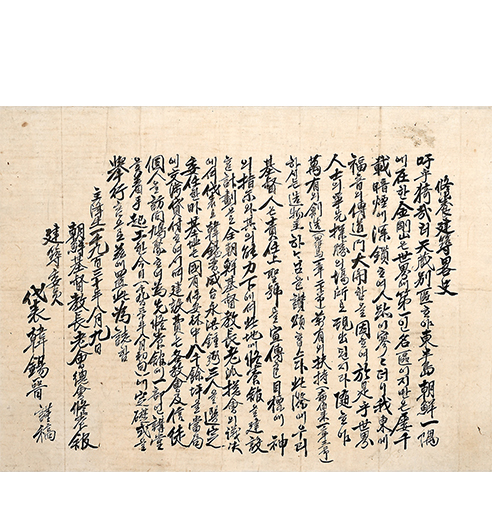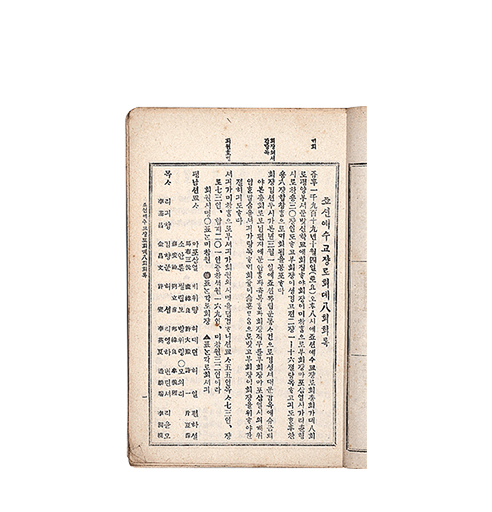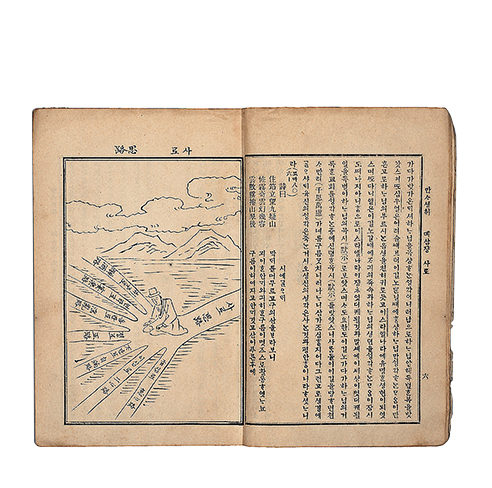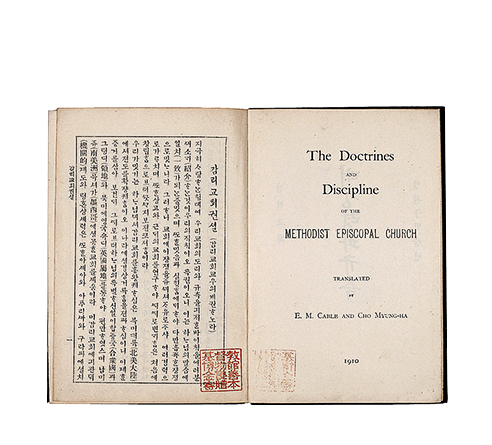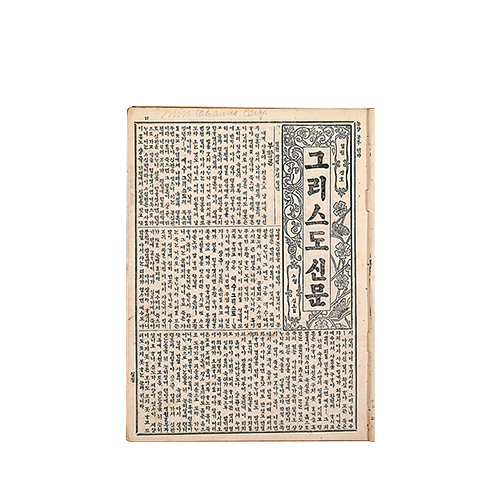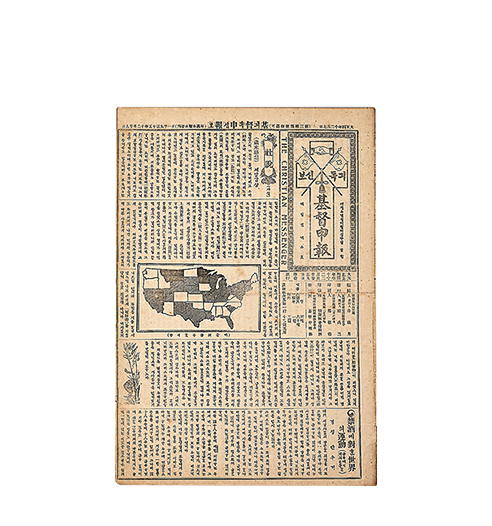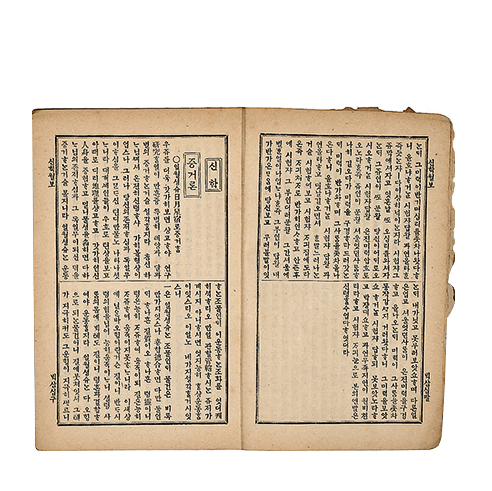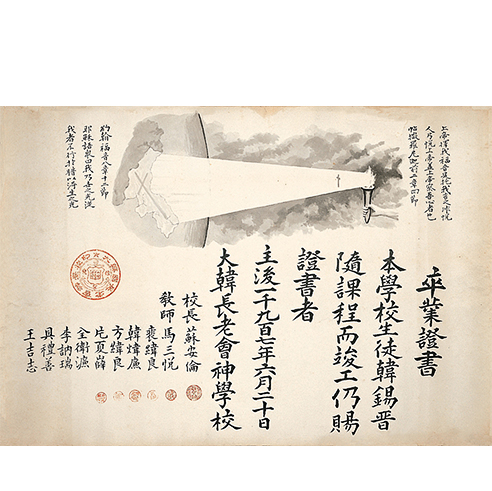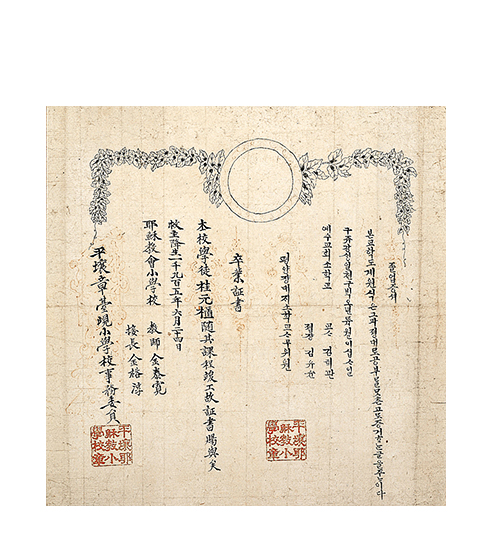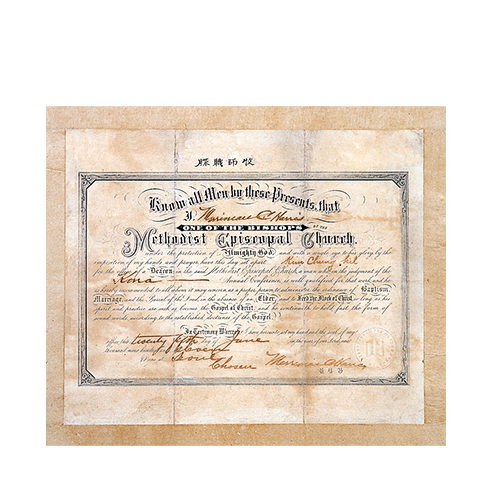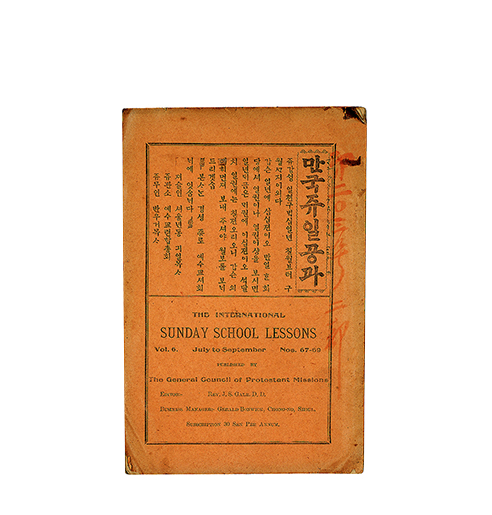The Christianity in Korea Room houses artifacts relating to the Nestorian heritage, the historical origins of Korean Christianity and the acceptance of the Catholic faith, the growth and persecution during the later period of the Joseon Dynasty, the spontaneous acceptance of Protestantism and the activities of Protestant missionaries, and Korean bibles, all of which offer an insight into the development of Korean Christianity.
Permanent Exhibition
-
- Exhibition
- Permanent Exhibition
- History Hall for Christianity in Korea
Category Title
The Establishment of the Organization of the Korean Church
Korea's initial protestant Church grew with Koreans' spontaneous acceptance and dissemination of the gospel, and, in 1907 in particular, it began to be reshaped by a great Christian revival movement. The largest denomination, the Presbyterian Church, organized Korea's first assembly at Jangdaehyeon Church in Pyeongyang in 1907, followed by the General Assembly of the Korean Presbyterian Church in 1912. This event came 25 years after the founding of Saemunan Church, the first church to have been organized by the General Assembly of the Korean Presbyterian Church. The U.S. Methodist Episcopal Church launched a complete Methodist church at the Korea Annual Conference held at Jeongdong Church in 1908, and organized the Korea Annual Mission Conference in 1914. These church organization efforts were further strengthened by the establishment of theological seminaries aimed at fostering church leaders.
The Publication of Christian Newspapers
The publication of Christian newspapers was an effective means of missionary work. From an early date, missionaries strove to publish Korean-only Christian newspapers and preach the gospel. Methodist missionary H. G. Appenzeller launched The Christian Advocate in February 1897 while, in the same year, Presbyterian missionary H. G. Underwood inaugurated the weekly The Christian News. Together with newspapers and magazines, various Christian magazines were published. In 1892, Methodist missionary F. Ohlinger published the English magazine The Korean Repository, and in December 1900 the Korean magazine A Biblical and Church Monthly was launched, the first of its kind. Furthermore, each unit of the church and each Christian denomination published scores of magazines, thereby contributing to the establishment of Korean church organizations.
Theological Education and the Fostering of Ministers
The Korean Protestant Church grew as theological education developed hand in hand with the spontaneous public acceptance of gospel and the publication of the Korean Bible. In 1901, S. A. Moffett opened the Pyeongyang Theological Seminary with the aim of fostering ministers, thus beginning systematic theological education in earnest. The initial theological education of the Korean Church, which embraced J. L. Nevius's missionary policy of "Letting Koreans Preach Gospel to Koreans," consisted of a short one°™to two°™month course conducted during the off-farming season targeting Korean preachers. In particular, Sunday schools offered a wide variety of theological education: the Joseon Sunday School Federation was launched in 1922 and many Sunday school textbooks such as The International Sunday School Lessons were published.
